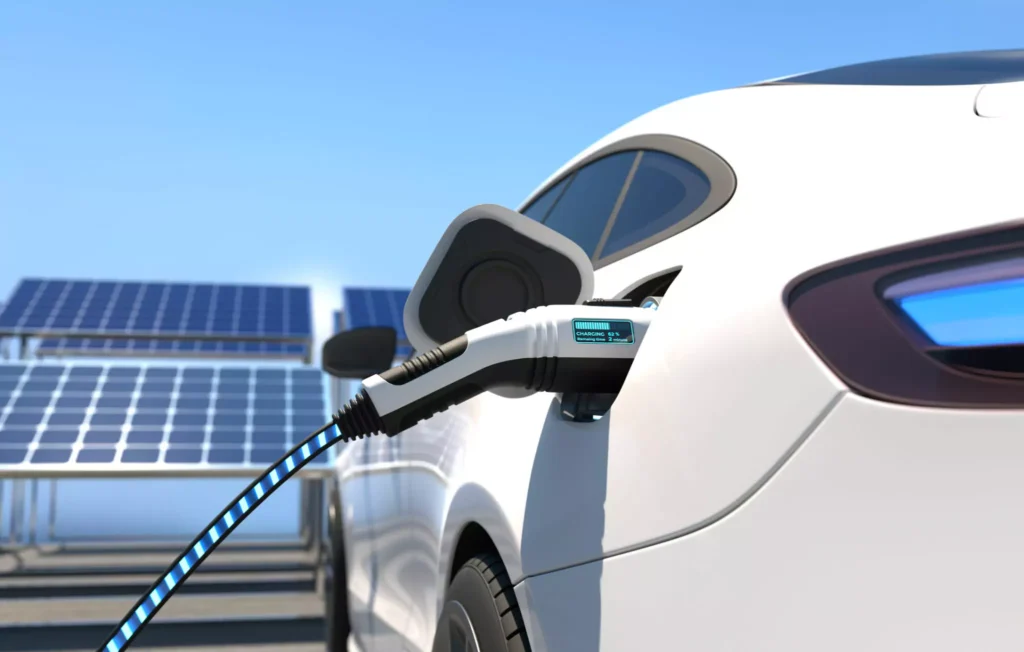
As the world transitions towards sustainable energy solutions, the marriage of electric vehicles (EVs) like Tesla and solar power has become a compelling option for environmentally conscious consumers. The prospect of powering your Tesla using solar panels raises a fundamental question: How many solar panels are needed to charge a Tesla? In this comprehensive article, we’ll explore the variables influencing this calculation, shed light on the efficiency of solar panels, and provide insights for Tesla owners looking to harness the power of the sun for their daily drives.
Understanding the Solar-to-Tesla Equation:
The number of solar panels required to charge a Tesla depends on various factors, making it a personalized calculation for each Tesla owner. Key variables include:
1. Tesla Model and Battery Capacity:
Different Tesla models come with varying battery capacities, influencing the amount of energy needed for a full charge. Whether you own a Model S, Model 3, Model X, or Model Y, knowing your vehicle’s specifications is the first step in the solar panel calculation.
2. Daily Driving Habits:
The daily mileage and driving habits play a crucial role. A Tesla owner with a lengthy daily commute will require more solar-generated energy than someone who drives shorter distances. Understanding your daily driving patterns helps determine the energy demand.
3. Local Solar Conditions:
Solar energy production is influenced by the local climate, sunlight exposure, and seasonal variations. Regions with abundant sunlight throughout the year will yield more solar energy, impacting the number of panels needed. Factors such as shading and orientation of panels also come into play.
4. Solar Panel Efficiency:
The efficiency of solar panels is a critical factor. Higher efficiency panels can convert more sunlight into electricity. While more efficient panels may be costlier, they could potentially reduce the overall number of panels needed to meet your Tesla’s charging requirements.
5. Home Energy Consumption:
The overall energy consumption in your home, including appliances and other electronic devices, contributes to the total energy needs. Integrating your Tesla’s charging requirements with your home energy usage provides a holistic approach to solar panel calculations.
Calculating Solar Panels for Tesla Charging:
To arrive at a reasonably accurate estimate, you can follow these general steps:
1. Determine Daily Energy Consumption:
Start by understanding your Tesla’s daily energy consumption. Tesla vehicles typically consume around 250 to 300 Watt-hours per mile. Multiply your daily mileage by the energy consumption per mile to get an estimate of your daily energy needs.
2. Assess Solar Panel Efficiency:
Solar panels have an efficiency rating, typically ranging from 15% to 22%. This rating represents the percentage of sunlight that the panel can convert into electricity. Higher efficiency panels require less surface area to generate the same amount of power.
3. Account for Sunlight Conditions:
Consider the average daily sunlight hours in your location. This information, along with the efficiency of your solar panels, will help determine the daily energy production per panel. Keep in mind that seasons and weather conditions can impact daily sunlight hours.
4. Factor in Home Energy Usage:
If you plan to offset not only your Tesla charging but also a portion of your home energy usage, calculate the combined energy needs. This approach provides a comprehensive overview of the solar panel requirements for your overall energy demands.
5. Size of Solar Panels:
Solar panels come in various sizes, typically measured in watts. Calculate the total energy output per panel based on the efficiency and size. Dividing your daily energy needs by the output per panel gives an estimate of the number of panels required.
6. Consult Solar Professionals:
For a precise evaluation tailored to your specific circumstances, consider consulting with solar professionals. They can conduct a site assessment, analyze your energy consumption patterns, and provide recommendations on the optimal solar panel configuration.
Optimizing Your Solar Charging Experience:
While the number of solar panels is a crucial consideration, optimizing your solar charging experience involves additional strategies:
1. Use Tesla’s Scheduled Charging:
Tesla vehicles come with a scheduled charging feature. By aligning your charging schedule with peak sunlight hours, you can maximize the solar energy harvested for your Tesla.
2. Invest in Energy Storage:
Consider incorporating energy storage solutions, such as Tesla Powerwall or other home battery systems. These systems store excess solar energy generated during the day for use during periods of low sunlight or at night.
3. Monitor and Adjust:
Regularly monitor your solar panel system’s performance and make adjustments as needed. Factors such as panel cleaning, system maintenance, and tree growth can impact efficiency over time.
4. Explore Incentives and Rebates:
Check for local incentives, rebates, or tax credits for solar installations. These financial incentives can significantly reduce the upfront costs of installing solar panels, making the investment more attractive.
Conclusion:
Harnessing solar power to charge your Tesla is not only an environmentally conscious choice but also a step towards energy independence. While the calculation of how many solar panels are needed involves several variables, understanding your Tesla’s energy consumption, local sunlight conditions, and the efficiency of solar panels is a valuable starting point.
As solar technology continues to advance, integrating solar panels with your Tesla becomes an increasingly viable and sustainable solution. By adopting a strategic approach to solar panel installation and leveraging advancements in both electric vehicles and solar energy, Tesla owners can drive towards a greener and more sustainable future.